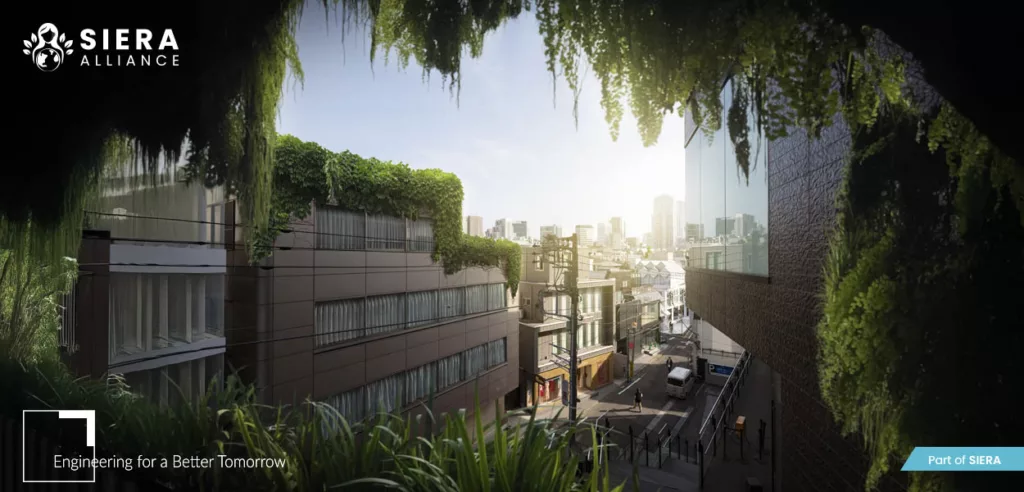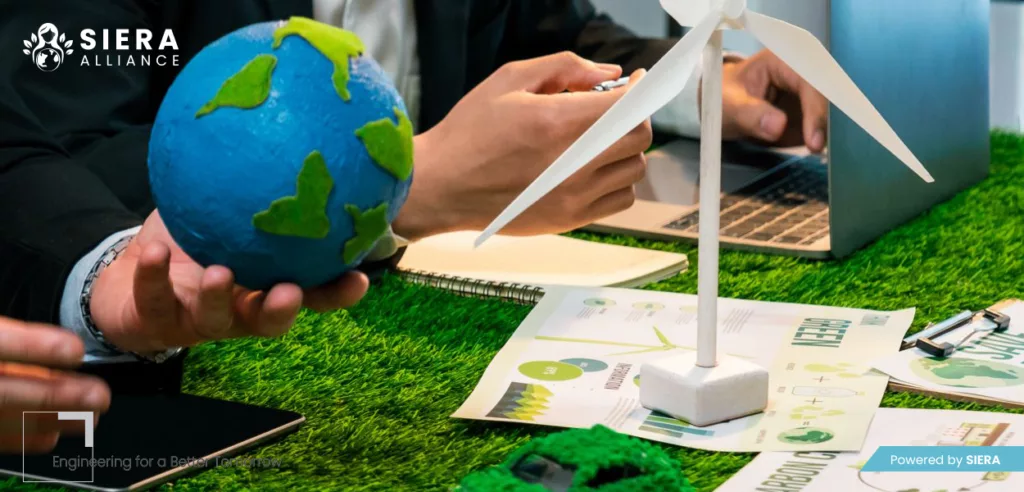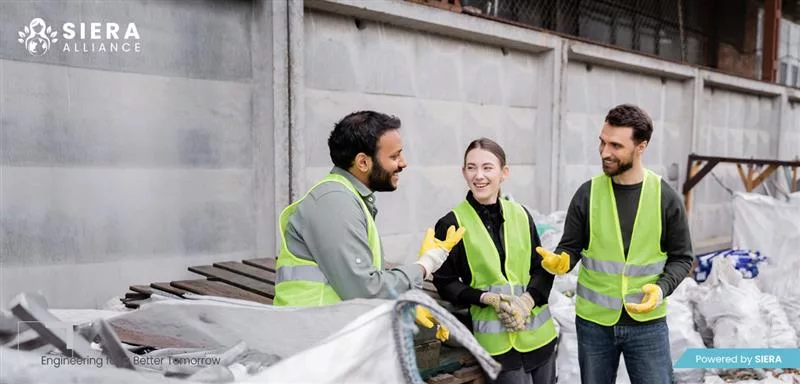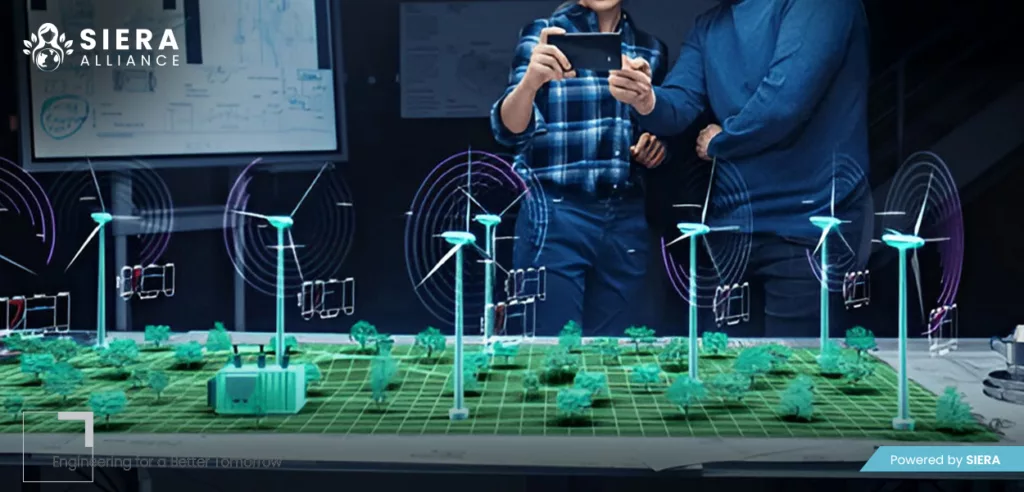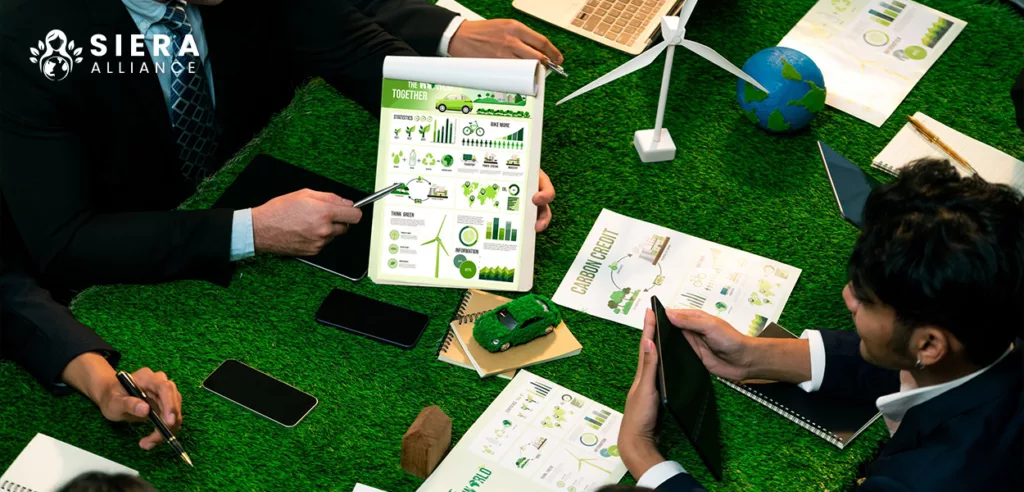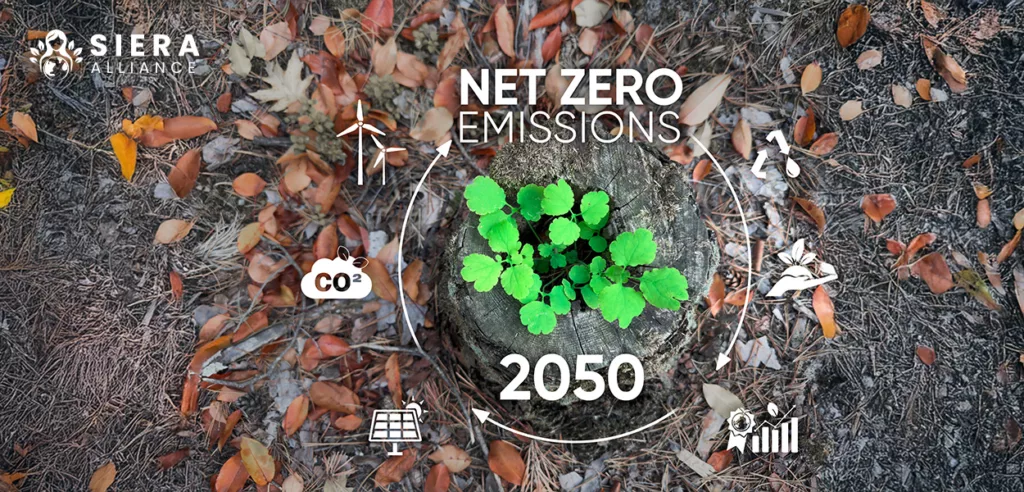The construction industry is undergoing a pivotal transformation. With climate goals rising in priority and urban populations growing, the demand for sustainable infrastructure is more urgent than ever. Green building has emerged as a central solution – offering a way to address these dual challenges without compromising on growth.
Unlike traditional construction methods that consume vast natural resources and produce significant waste, green building champions long-term sustainability. It leverages environmentally responsible design principles, energy-efficient technologies and a lifecycle-oriented approach to create buildings that are good for both, people and the planet.
This article explores what green building means, how it works and how it is shaping the future of the construction industry.
What is Green Building?
Green building – sometimes used interchangeably with sustainable construction or green architecture – refers to the planning, design, construction, operation and deconstruction of buildings in ways that conserve resources, reduce environmental impact and enhance occupant well-being.
Key characteristics include:
- Energy efficiency through passive design and renewable technologies.
- Resource conservation via recyclable, durable and non-toxic materials.
- Low-carbon strategies for construction and operational phases.
- Health-centric design prioritizing air quality, natural lighting and thermal comfort.
- Lifecycle thinking to minimize environmental impact from cradle to grave.
The goal is not only to reduce the negative impact of buildings but to make them restorative and regenerative for the environment.
What are Green Building Materials?
Designed to minimize environmental impact across their lifecycle, green building materials are the foundation of sustainable construction. These materials include rapidly renewable resources like bamboo and hempcrete, recycled elements such as reclaimed wood and steel, and non-toxic alternatives like low-VOC paints and adhesives.
By prioritizing durability, local sourcing and recyclability, they reduce embodied carbon, lower waste generation and enhance the health and comfort of occupants. Integrating green materials in construction projects embeds sustainability at the very core of the built environment.
Why Green Building is the Future of Construction
1. Environmental Imperatives
The construction sector is responsible for over 37% of global CO₂ emissions, with materials like concrete and steel being major contributors. Green buildings offer a credible path towards decarbonizing one of the most polluting industries.
By integrating sustainable design strategies – from renewable energy systems to water-efficient landscaping – developers can drastically reduce the carbon footprint of buildings over their entire lifespan.
2. Regulatory Pressures and Global Agreements
Global frameworks such as the EU Green Deal and the Paris Agreement are putting the spotlight on construction as a key sector for emissions reduction. Several countries have mandated near-zero energy standards and green certification requirements for new builds.
These evolving regulations make green building not just a strategic choice but a legal and financial imperative.
3. Economic Resilience and Cost Efficiency
Green buildings are often perceived as costly, but this is a misconception. Though upfront costs can be marginally higher, green buildings lead to significant long-term savings through:
- Reduced utility bills
- Lower maintenance costs
- Increased property values
- Enhanced productivity and health of occupants
Investors are also increasingly favoring green real estate, viewing it as a hedge against growing climate risk and obsolescence.
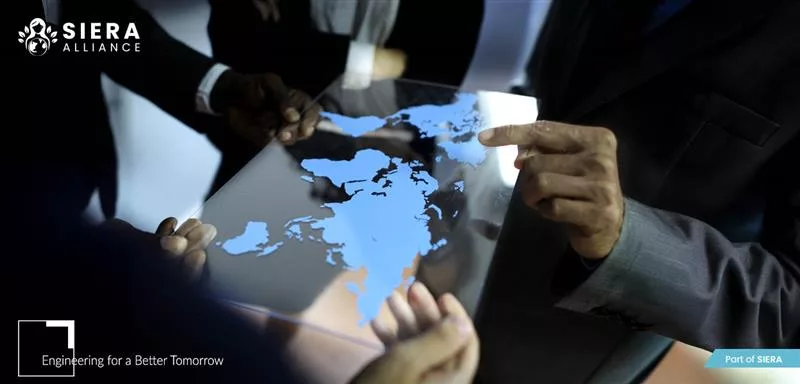
Actionable Green Building Practices
1. Sustainable Design Principles
Sustainable design is at the heart of green building. It entails a holistic approach to architecture that considers the environmental, social and economic impacts of design decisions.
Key considerations include:
- Site orientation to optimize sunlight and ventilation
- Building shape and materials that minimize thermal gain or loss
- Natural systems integration, such as green roofs or rainwater harvesting
- Energy modeling to evaluate performance during the design stage
2. Energy Efficiency and Renewable Integration
Reducing operational energy use is critical. To improve efficiency, green buildings often feature:
- LED lighting and smart controls
- Solar panels or geothermal systems
- High-performance insulation and windows
- Energy-efficient HVAC systems
- Building Energy Management Systems (BEMS)
3. Green Materials and Resource Management
Material selection plays a major role. Effective green buildings use:
- Recycled steel, concrete and wood
- Bio-based alternatives like hempcrete and bamboo
- Low-VOC paints and adhesives
- Locally sourced materials to cut transport emissions
Construction waste is minimized using prefabrication, modular techniques and circular construction principles.
4. Water Conservation
From drought-prone regions to flood-risk zones, water-sensitive design is essential. Practices include:
- Low-flow plumbing fixtures
- Rainwater harvesting
- Greywater reuse systems
- Xeriscaping (low-water landscaping)
5. Indoor Environmental Quality
Green buildings are not just about energy – they’re about health. Strategies for improved indoor air quality include:
- Maximizing natural daylight
- Designing for natural ventilation
- Using non-toxic materials
- Ensuring thermal and acoustic comfort
The Role of Green Architecture in Urban Transformation
Green architecture goes beyond sustainability metrics – it reshapes urban form. It challenges the conventions of traditional metropolitan cities by:
- Integrating vegetation into high-density areas
- Encouraging public transport access and walkability
- Promoting community-centric, equitable spaces
This architectural movement is increasingly intersecting with biophilic design, smart city planning and net-zero building targets, creating a more humane urban future.
Case Studies: Green Building in Action
1. The Edge – Amsterdam, Netherlands
Dubbed the greenest office building in the world, The Edge is a pinnacle of green architecture and digital integration. It features:
- Solar panels covering its roof and south-facing wall
- Smart lighting systems that adapt to occupancy
- Rainwater collection systems
- An energy efficiency score of 98.36% on BREEAM
2. Eastgate Centre – Harare, Zimbabwe
This mixed-use building was inspired by termite mounds and features a passive cooling system that uses natural ventilation instead of air conditioning. As a result:
- It uses 90% less energy than comparable buildings
- Operational costs are reduced for tenants
- Local materials were used extensively
3. Bosco Verticale – Milan, Italy
A pair of residential towers with over 20,000 plants, this “Vertical Forest” embodies green building for urban biodiversity by:
- Improving air quality
- Regulating temperature
- Absorbing CO₂ and dust particles
Retrofitting: The Green Future of Existing Buildings
According to EU data, 85% of buildings in Europe were built before 2000, and many of them exhibit poor energy performance.Retrofitting presents an opportunity to decarbonize these structures by:
- Upgrading insulation and windows
- Installing heat pumps and solar panels
- Replacing outdated systems with energy-efficient alternatives
Frameworks like the EU Renovation Waveaim to double renovation rates, making green retrofitting a central pillar of future policy and investment.
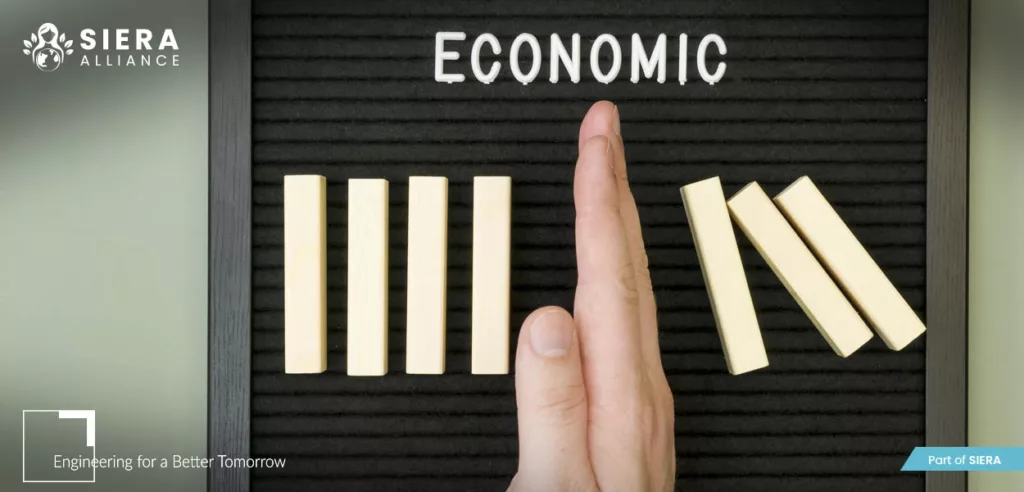
Emerging Technologies Accelerating Green Building
1. AI and IoT Integration
Artificial Intelligence can optimize energy use, forecast maintenance needs and reduce material waste. Smart sensors monitor everything from air quality to occupancy patterns in real time, allowing for optimized energy usage.
2. Digital Twins
These virtual models simulate building performance, allowing planners to test sustainability strategies before construction.
3. 3D Printing and Prefab Technologies
Innovations in prefabricated and modular constructionallow for faster, cleaner and more precise building. They reduce on-site emissions and support circular construction practices.
Certifications and Standards Driving Market Adoption
Green building has moved from a niche trend to a regulated standard, driven by certifications such as:
- LEED (Leadership in Energy and Environmental Design)
- BREEAM (Building Research Establishment Environmental Assessment Method)
- WELL Building Standard
- DGNB (German Sustainable Building Council)
These frameworks incentivize sustainable design, transparency and continuous improvement.
Challenges to Green Building Adoption
While the progress in the sector has been encouraging, barriers still remain:
- Higher upfront costs and budget constraints
- Lack of awareness among stakeholders
- Technical capacity gaps in smaller firms
- Fragmented regulations across regions
To overcome these challenges, governments and industry bodies must provide training, financial incentives and unified policy frameworks.
Building a Greener, Fairer Future
Green building isn’t just a construction trend; it’s a necessary shift toward a low-carbon, climate-resilient and people-centric built environment. From passive design strategies to digital technologies, the tools already exist to reshape how we build.
As cities expand and climate deadlines loom, the question is no longer whether green building is the future – but how quickly we can make it the present.
Frequently Asked Questions
What is the difference between green building and sustainable construction?
While often used interchangeably, green building typically focuses on the environmental impacts of construction whereas sustainable construction also includes social and financial considerations.
Are green buildings more expensive to build?
Not necessarily. Though initial costs can be slightly higher, they lead to significant savings in energy, maintenance and long–term value.
What role does green architecture play in urban development?
Green architecture transforms cities into livable, low-carbon environments by integrating nature, improving mobility and enhancing quality of life.

